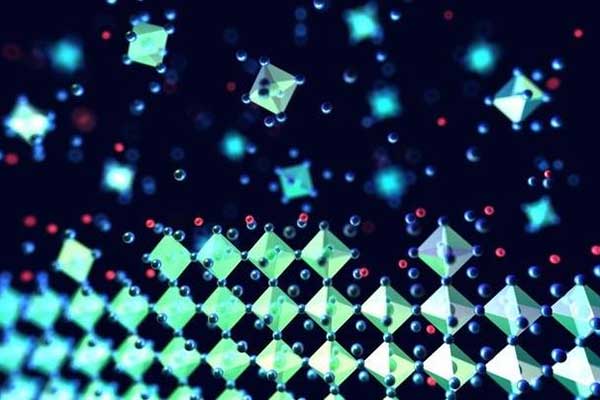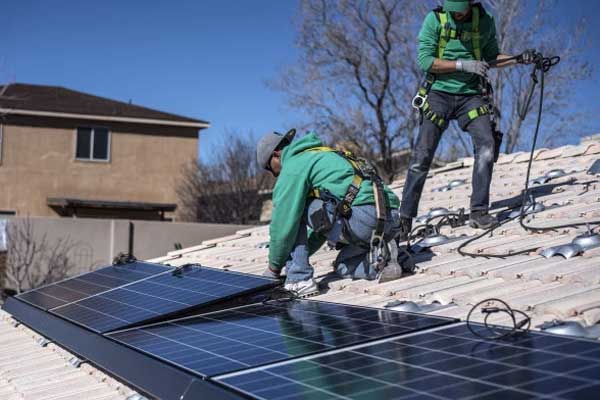An international team of researchers led by the University of Cambridge found that the addition of potassium iodide ‘healed’ the defects and immobilized ion movement, which to date have limited the efficiency of cheap perovskite solar cells.
These next-generation solar cells could be used as an efficiency-boosting layer on top of existing silicon-based solar cells, or be made into stand-alone solar cells or colored LEDs.
The solar cells in the study are based on metal halide perovskites — a promising group of ionic semiconductor materials that in just a few short years of development now rival commercial thin-film photovoltaic technologies in terms of their efficiency in converting sunlight into electricity.
Perovskites are cheap and easy to produce at low temperatures, which makes them attractive for next-generation solar cells and lighting.
Despite the potential of perovskites, some limitations have hampered their efficiency and consistency. Tiny defects in the crystalline structure of perovskites, called traps, can cause electrons to get ‘stuck’ before their energy can be harnessed.
The easier that electrons can move around in a solar cell material, the more efficient that material will be at converting photons, particles of light, into electricity. Another issue is that ions can move around in the solar cell when illuminated, which can cause a change in the bandgap — the color of light the material absorbs.
Trump’s Solar Panel Tariff Decision Leaves Almost Everyone Unhappy
Follow us: @pvbuzzmedia on Twitter | pvbuzz media on Facebook














Comments